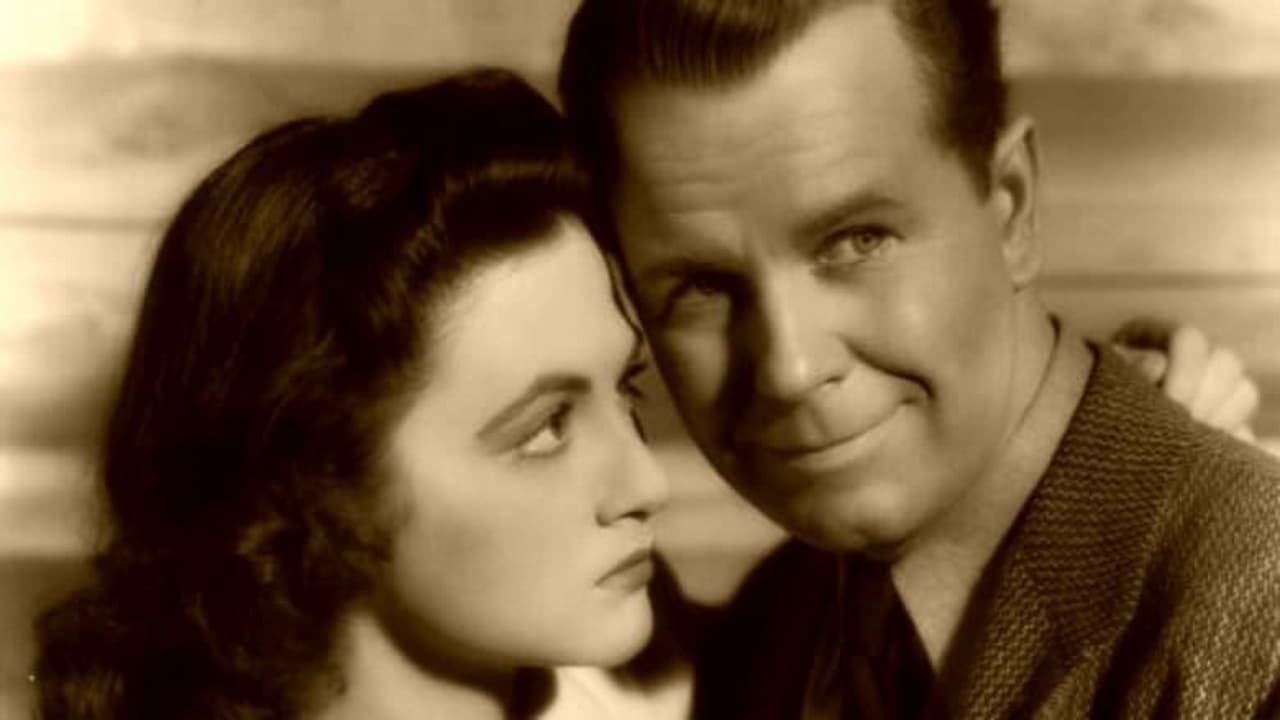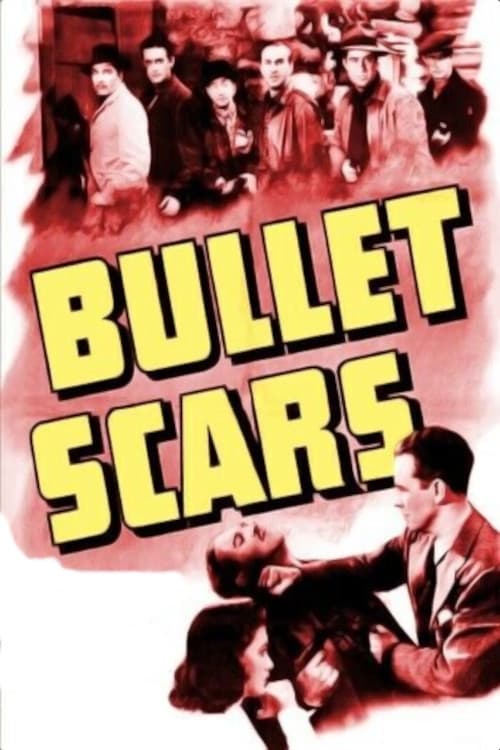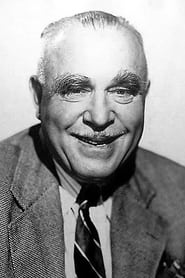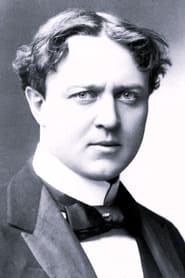Cast
View AllRegis Toomey
as Dr. Steven Bishop
Adele Longmire
as Nora Madison
Howard Da Silva
as Frank Dillon
Ben Welden
as Pills Davis
John Ridgely
as Hank O'Connor
Frank Wilcox
as Mike
Tod Andrews
as Joe Madison
Roland Drew
as Jake, truck driver henchman
Don Turner
as Mitch, truck worker henchman
Sol Gorss
as Dude, lodge gate guard
Hank Mann
as Gilly, lodge gate guard
Fred Kelsey
as Police Chief Hansen
Hobart Bosworth
as Dr. Sidney Carter
Walter Brooke
as Trooper Walter Leary
Creighton Hale
as Judd, the druggist
Crew
Director
- D. Ross Lederman
Writer
- Charles Belden
- Robert E. Kent
- Sy Barlett
Reviews
CinemaSerf
When one of their number ("Joe") is shot during a robbery, the gangsters responsible try to seek the help of a doctor. The first they find claims that he needs hospital treatment and that's soon the end of him. They move on to another, "Bishop" (Regis Toomey), and lure him to their hideout where he discovers the sister of the wounded man "Nora" (Adele Longmire) who also happens to be a nurse. They are given a very thinly veiled ultimatum - save his life or lose their own. Both reckon they are doomed either way, so have to find a way of getting a message out to the pursuing police before they are toast. Just to add a little spice to the proceedings, "Nora" also happens to be the moll of boss "Dillon" (the not very menacing Howard Da Silva) so some conflict looms? Though it is quite watchable, it hasn't really an original bone in it's body and appears to be supplemented with some archive footage from similar crimes-noir. The denouement is just a little different but for the most part it's all join-the-dots stuff that you've seen before with a cast and writing that's probably just as adequate.
Mar 21, 2024
Thematic Analysis
As a dramatic work, Bullet Scars examines complex human relationships and emotional struggles against the backdrop of a period setting that reflects societal issues of its time. The character development particularly stands out, offering viewers a chance to reflect on their own life journeys.
Director D. Ross Lederman brings their distinctive visual style to this film, continuing their exploration of themes seen in their previous works while adding new elements. Their approach to character development and emotional depth creates a viewing experience that rewards close attention.
Released in 1942, the film exists within a cultural context that now offers viewers historical perspective on the social issues of that era. Its reception demonstrates the diverse reactions to its artistic choices and its place in cinema history.
Did You Know?
- The production of Bullet Scars took approximately 19 months from pre-production to final cut.
- The final cut of the film runs for 59 minutes, though the director's initial assembly was reportedly 86 minutes long.
- Some visual effects sequences took up to 10 months to complete.
- The director insisted on using practical effects whenever possible, reserving CGI for only the most necessary scenes.
- The screenplay went through 11 major revisions before the final shooting script was approved.
Historical Context
- In 1942, when this film was released:
- Rock and roll music was revolutionizing popular culture.
- The civil rights movement was gaining momentum in the United States.
- The film industry was dominated by major studios, with independent cinema still in its early development.
How This Film Stands Out
While Bullet Scars shares thematic elements with other films in its genre, it distinguishes itself through its unique approach to storytelling, visual style, and character development.
Unlike Gozu, which takes a more conventional approach to its subject matter, Bullet Scars offers a fresh perspective through its innovative visual language and narrative structure.
While films like Sling Blade and The Suspects explore similar territory, Bullet Scars stands apart through its distinctive directorial vision and pacing.
This film's unique contribution to cinema lies in its bold artistic choices and willingness to challenge viewer expectations, making it a valuable addition to its genre.
Details
- Release Date: March 7, 1942
- Runtime: 59m



















